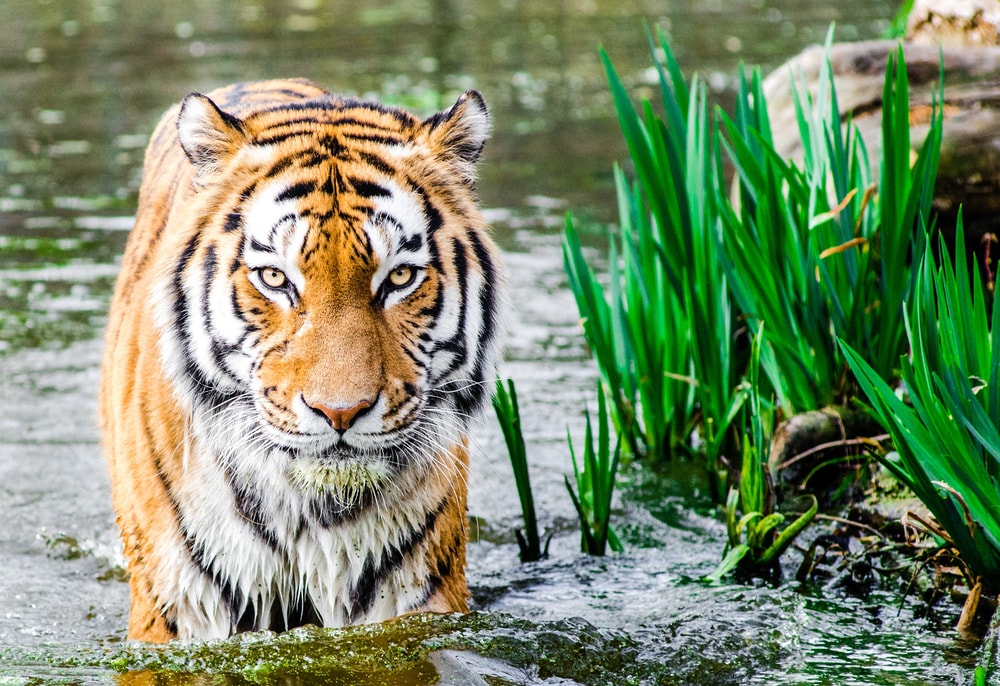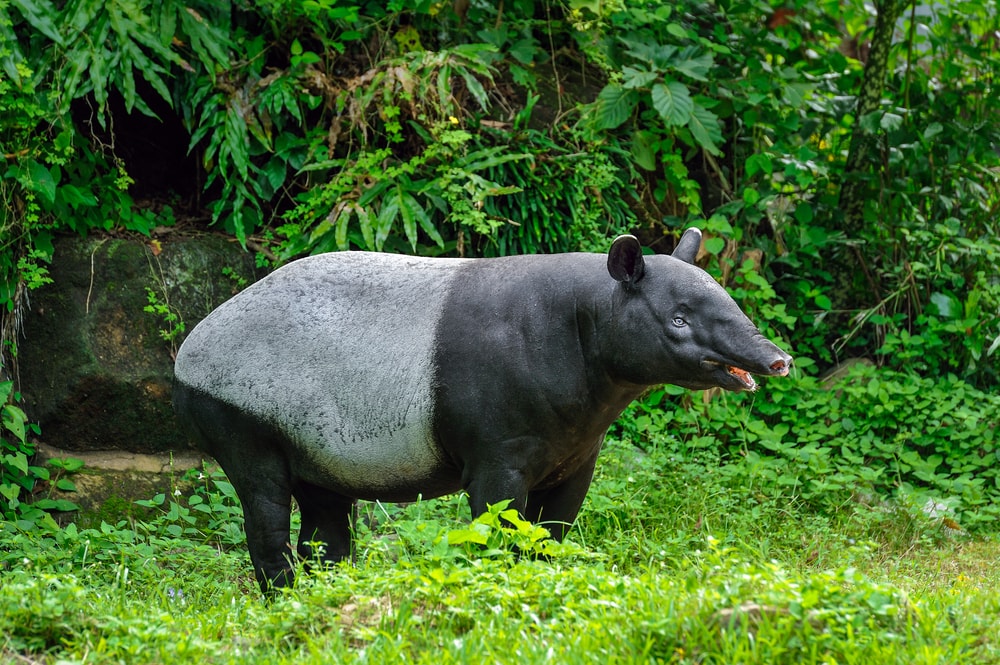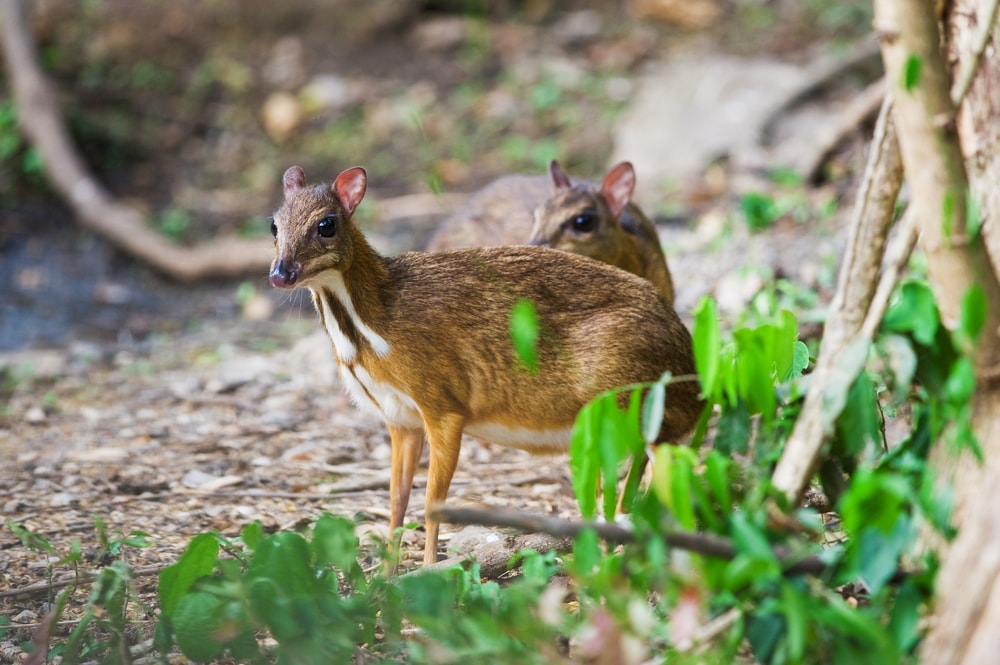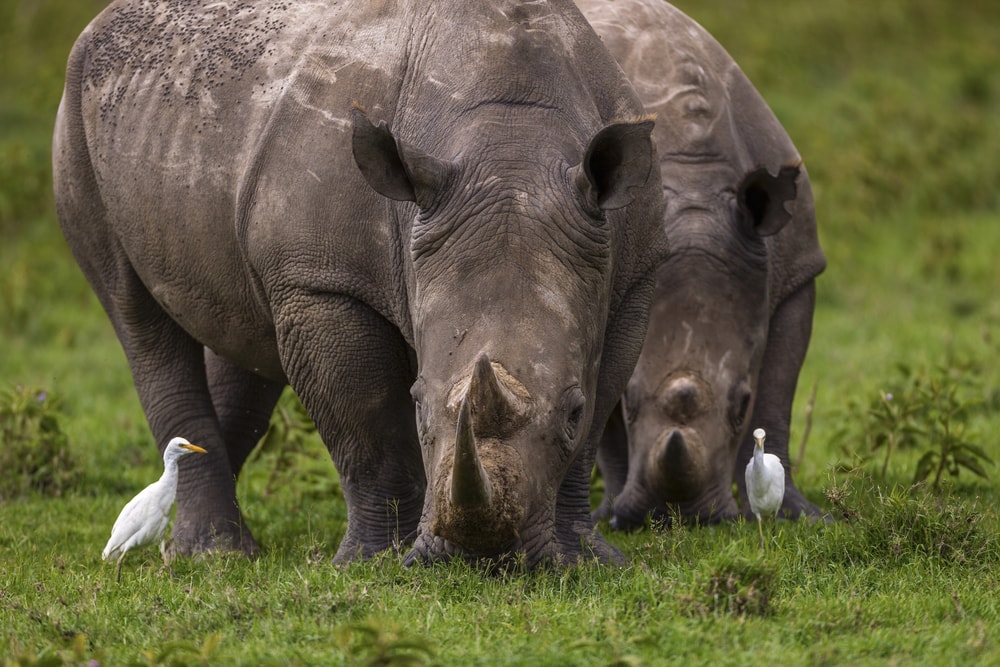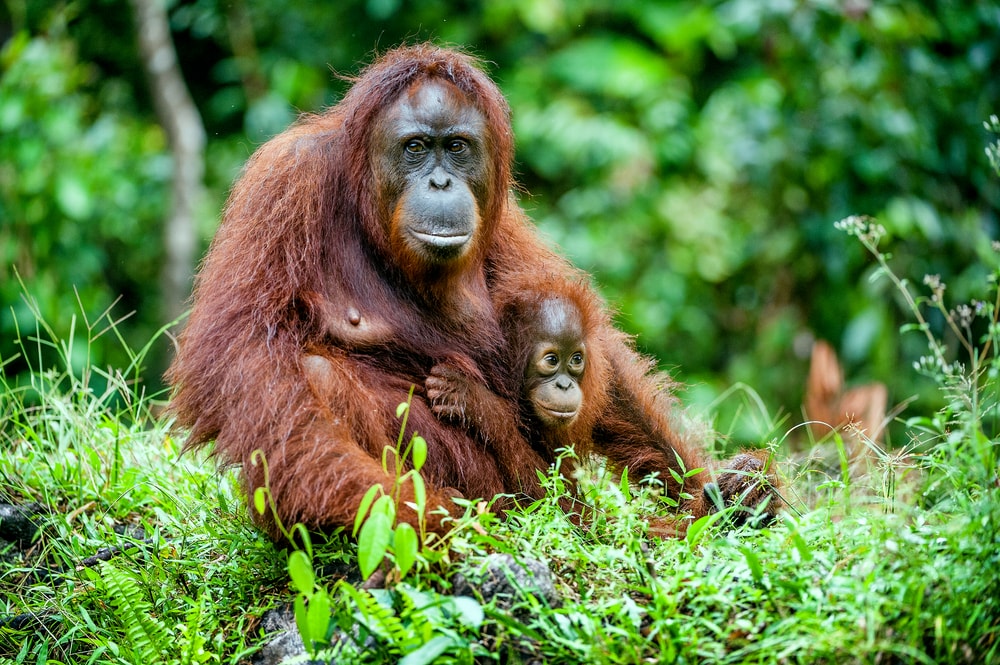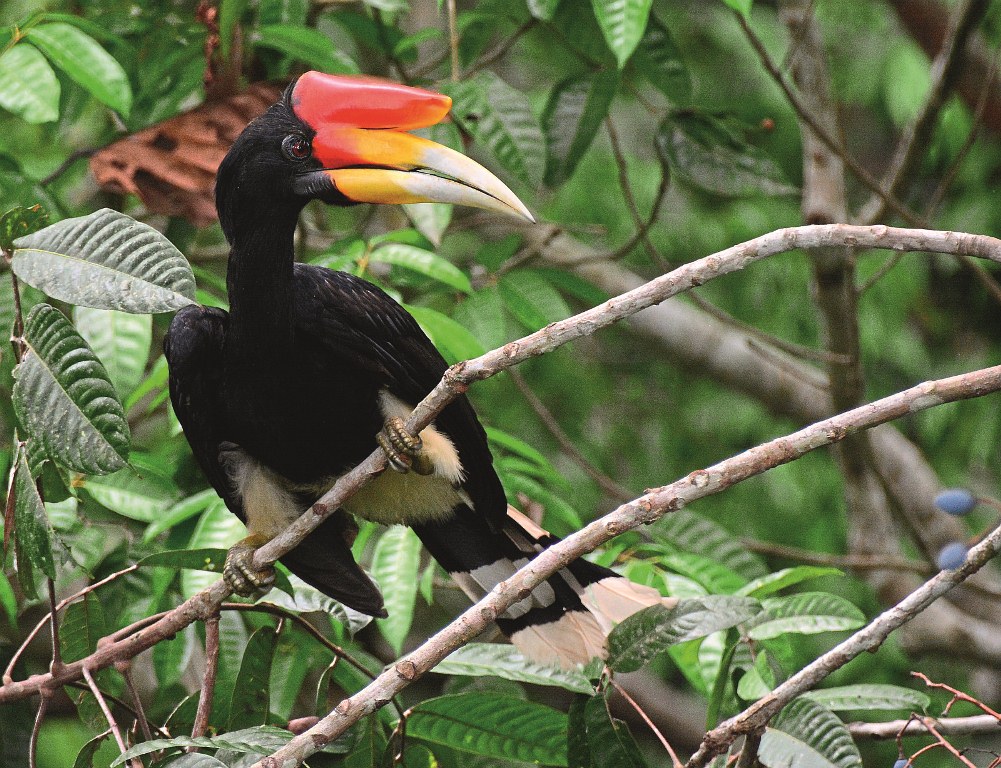When people think of Malaysia, the first few things that likely come to mind are the delectable range of food, the country’s multicultural society, and tropical sunny weather all year long. For most people, these are good enough reasons to convince them to hop on a plane and visit this part of the world. I mean, who wouldn’t want to wear summer clothes all day and sample some of the best cuisines in the world?
But, one thing that perhaps many people aren’t aware of is that Malaysia is also home to a diverse array of animals – all thanks to its tropical rainforest. Being located near the equator with a hot and humid climate makes Malaysia the perfect tropical wildlife destination.
In conjunction with World Wildlife Day on March 3rd, we present to you seven wildlife wonders of Malaysia. Sadly, many of the animals on this list are in serious decline due to man’s activities, so spotting them in the wild is difficult in many cases, and nearly impossible in some. The last three animals on the list have the highest probability of being spotted in the wild. So, for all you animal lovers out there, or just anyone who is fond of Mother Nature and her creations, here are just a few of the special animals found in Malaysia.
1. Malayan tapir
Locally known as tenuk or cipan, the Malayan tapir is the largest of the four existing species of tapir and is predominantly found in lowland tropical jungles of Peninsular Malaysia. Appearance wise, tapirs definitely have the ability to catch your attention with their large white or light-coloured patch extending from shoulder rear end, while the rest of the body is black or dark-coloured. This unique contrasting colour is also what helps them to camouflage, as predators often confuse them as a large rock when lying down.
The tapir feeds on forest resources like berries, leaves, and fruits, and anyone who has seen them in the wild will know that this pig-like animal with a short snout is quite a runner and swimmer. In fact, they can gallop through thickets of forest and dive into rivers or deep pools of water. Although most of their predators are also great swimmers, they are no match for the prowess of a tapir which can stay underwater for a minute, hence escaping from its predator. Despite all their traits to avoid predation, the Malayan tapir is still unable to escape the relentless hands of man, and today, is listed as an endangered animal due to the loss of its habitat.
2. Malayan tiger
One animal that inspires awe like no other is undoubtedly the Malayan tiger. Its strong and brawny appearance is indeed what makes Malaysians revere this big cat and choose it as the country’s national animal. The tiger is even featured in the country’s coat of arms. Locally known as harimau belang, which literally translates to ‘striped tiger’, the Malayan tiger is native to the jungles of Peninsular Malaysia. Sadly, due to rapid deforestation and unrestrained hunting for the tiger’s body parts, the Malayan tiger is facing a serious threat of extinction and has been classified as endangered with only 250-340 left in the wild.
3. Lesser mousedeer
Famously known as Sang Kancil in local folklore, the lesser mousedeer is the smallest known hoofed mammal, as a mature animal only grows to 45cm long and weighs about 2kg. Despite its tiny exterior, the lesser mousedeer is well-known as a clever animal due to its portrayal as the main protagonist in traditional Malay folklore. Surviving on mostly fruits and leaves, these adorable animals are believed to be nocturnal creatures and can be found in both Peninsular and East Malaysia, as well as on smaller islands in Malaysian waters.
4. Sumatran rhinoceros
The smallest of all rhinos, the Sumatran rhinoceros are the only Asian rhinos with two horns, and are the most endangered species of animals listed here. There was a point where the Sumatran rhinoceros was one of the most populous species in the jungles of Peninsular Malaysia and Sabah, but today, it is the most threatened rhino species. This is mainly due to excessive poaching for its horn and deforestation, which has destroyed much of its natural habitat.
As a matter of fact, in 2015, the Sumatran rhinoceros was declared extinct in the wild in Malaysia. But for those who thinks they will never have a chance to see this type of rhino again, fret not! If you pay a visit to Taman Negara, Pahang or any other National Park in Malaysia, you might be able to spot this adorable creature since they are protected in those areas.
5. Leatherback sea turtle
Deemed as the largest living turtles on Earth, the leatherback sea turtle is the only remaining members of a family of turtle whose evolutionary roots date back more than 100 million years. In fact, this species was around when the dinosaurs were alive! Despite being around for so many years, this species is also witnessing a swift decrease in many parts of the world, including Malaysia. Before the emergence of modernisation, Malaysia was a breeding sanctuary for leatherback turtles, but this has now taken a complete change due to poaching of turtle eggs, extensive pollution, and rapid development that has destroyed much of Malaysia’s pristine shores.
However, the government and some non-governmental organisations are working to restore the natural habitat for these turtles to breed. Thanks to their efforts, the beach of Rantau Abang in Terengganu is regarded as one of the favoured spots for leatherback sea turtles to visit during the laying season. A turtle research and sanctuary centre has also been set up at Rantau Abang to monitor and protect these majestic creatures.
6. Bornean orangutan
When we talk about wildlife in Malaysia, no list would not be complete without mentioning the famed Bornean orangutan. Known to be extremely intelligent, the Bornean orangutan is native to the tropical rainforests of Borneo and is viewed as mankind’s closest relative in the history of evolution. Due to its similarity to humans, the indigenous people of Borneo believe that the orangutan is another tribe of people, hence calling it ‘orang utan’, which translates to ‘people of the jungle’.
However, their population has decreased by more than 50% over the past 60 years. Once again, man poses the biggest threat, mainly due to hunting, unsustainable (and often) illegal logging, mining, and conversion of forests to agricultural land. What is even more disturbing is that young orangutans are highly in demand for the pet trade, with each animal fetching up to several hundred dollars.
7. Rhinoceros hornbill
For all Sarawakians out there, this member of the animal kingdom is probably no stranger to you. As one of the largest extant species on hornbills, the rhinoceros hornbill holds deep significance to the people of Sarawak as the bird is seen to have a divine symbol revered in the traditional beliefs of the indigenous tribes in the state. The hornbill has a prominent brightly coloured horn, called a casque, on top of its beak, giving it the signature look.
Composed of keratin (made of the same material found in human fingernails), the casque acts as a resonating chamber, amplifying the bird’s calls. Considered to be the state bird of Sarawak, rhinoceros hornbills can be widely found in jungles in East Malaysia, and on occasion, forests in Peninsular Malaysia, too.
"ExpatGo welcomes and encourages comments, input, and divergent opinions. However, we kindly request that you use suitable language in your comments, and refrain from any sort of personal attack, hate speech, or disparaging rhetoric. Comments not in line with this are subject to removal from the site. "


